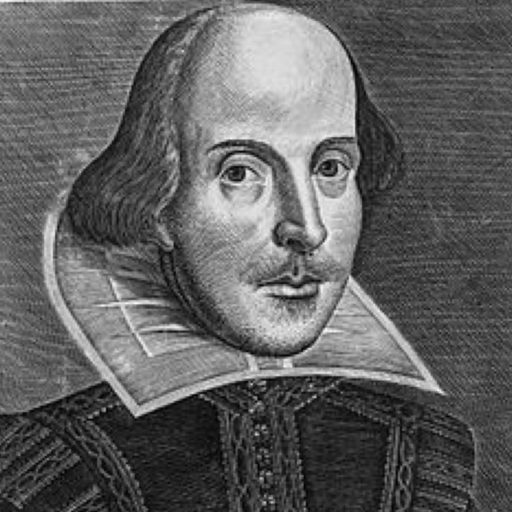The Immortalists
First impressions? I am totally unsure of what to call it, “City Lit?” Literature that is of a place, and about a place, but more along the lines of the place itself being a part of the narrative, the plot, actions, wherein the city itself plays a role.
The opening sequences, segues into a portion about San Fransisco from the really early 1980’s, I think. I might be reading it wrong. However, the tone sent me on a long, and sideways reverie of Tales of the City. Visiting that again, in the folds of my memory, I recall reading the series the first time, in mass market paperback, each page or two, a full and complete tale, yet, interwoven against a backdrop of a larger story, unfolding with intricacies, twists, gays, straights, trans, all of that.
What I recall, most important about Tales of the City, as a serial installment, book-length work, then works? It was an influence in my style, my conception, and my understanding of how a novel should be, or what could make up a book. Then, too, with its frankly gay material, against its backdrop of San Fransisco? Must’ve been my more tolerant outlook, and an influence.
Each installment, chapter, whatever it was? As I understand, each column came out every week, so it was essentially a novel, or several novels, a page at time, and each a single script in 1,000 words. That speaks, to me, of an economy of prose and masterpiece of fiction, recalling a time when newspapers and journalism mattered. As did poetic prose. Each column had to be self-contained yet part of larger whole. Influential work, at one time, at least, for me.
But that’s only the first portion, the first character. It’s a four-fold novel, with three more siblings in the mix, the plot, the story.
Well-written, with current material included, and then a level of discourse, I always like when an author teaches me while I’m being entertained.
“His belief went willingly, logically, the way the boogeyman disappeared once you looked under the bed.” Page 179.
Proceeding from East to West, and back east, the youngest to oldest. Shortest to longest. It’s the nature of family, of birth — and death. Generations.
There are four children, and the father who kicks the story off, by having his heart stop in the middle of the street. Giving away too much? The layers, and the way the characters live on, individually, and as a family, against a larger tapestry of life, our modern variant, and then, in my mind, as an exploration.
Four children go see a fortune teller near the start. The gypsy woman tells them the day each one will die. How does the prophecy of knowing affect them? Generations, too, and me, being who I am, I was reading years and planet configurations into the characters, with an understanding, those of us with Pluto in Virgo?
Age, distance, education, place in life?
Lyrically, “Only the good die young,” and yet, begs the question.
It’s a wonderful, albeit different, kind of novel. For several reasons, it made me think of previous works. Nuanced, and shy, yet bravely exploring what matters most to the human heart.
